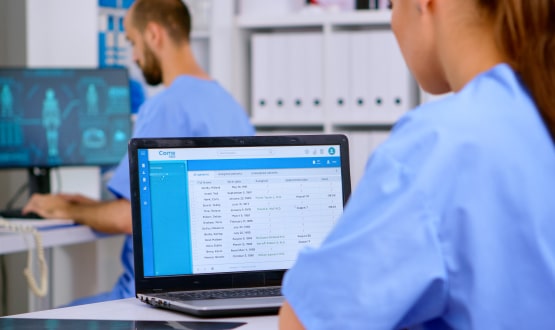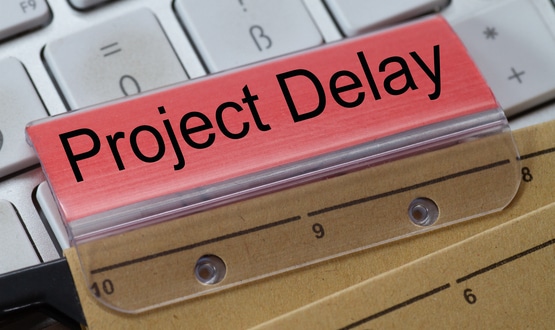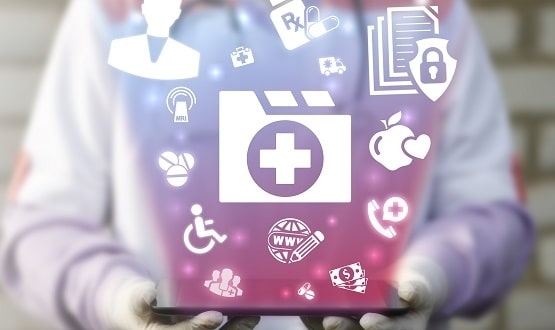Child health not ready for end of NN4B
- 7 April 2014

The NHS Number for Babies service will be replaced by the Personal Demographics Service in June despite only one child health system in use in the NHS so far being compliant with it.
The NN4B has been in use since 2002 and makes sure babies get an NHS number as soon as they’re born, but the service will be decommissioned and these notifications will be sent and received via the PDS from June this year.
The contract for the NN4B was originally due to expire in October 2008 but was first extended to June 2013 before delaying until June 2014 with no option to extend any further. The NN4B Closure programme was established to ensure continuity of service after that date.
However, only one child health system in use in the NHS, the McKesson CarePlus system, so far works with the PDS system that will replace it.
Two maternity systems, Silverlink’s PCS maternity system and CSC’s Lorenzo, are also PDS compliant.
A news bulletin on the project, issued in March says that maternity systems that have not been upgraded to use PDS will not be able to register births and receive NHS numbers for babies.
Child health systems that are not PDS compliant will not be able to receive emails containing all the births allocated to their organisation.
A spokesperson from the Health and Social Care Information Centre told EHI that an interim web-based Birth Notification Application (BNA) system will be available for trusts to log and receive information until their system becomes compliant.
“Maternity and child health units without a NN4B-compliant local system use a web browser (the Interim NHS Number Service, INNS) to access NN4B. HSCIC is investigating options for a transition period for NN4B service beyond 30 June,” said the spokesperson.
“Maternity and child health system suppliers are enhancing their systems to be PDS-compliant. INNS will be replaced by a web browser known as the Birth Notification Application.”
Prior to the launch of the NN4B, babies were not given an NHS number until they were registered at the Registrar of Births and Deaths – a process that could take up to six weeks.
Most suppliers are in the process of working through five phases to become PDS compliant, set out by the programme. Trusts using most child health systems will be forced to use the web-based BNA as the systems will not be compliant.
As well as McKesson CarePlus, the NHS Wales Informatics Service’s CCH2000 system, CSCE’s RiO and TPP’s SystmOne also aim to be compliant before the 30th June.
However, trusts using Civica’s Paris child health module, CSC’s iSoft Continuum and those using RiO’s child health module on the BT contract will have to use BNA.
Maternity systems are in a better position: trusts using CSC’s iSoft Maternity, System C’s Medway Maternity, Meditech, Euroking, and NWIS’ WDS system will all be able to receive birth notifications via the PDS.
Trusts that received Cerner Millennium under the national programme will also be compliant by the deadline, but for those that took Millennium straight from Cerner the system will not be compliant until mid-July.
Users of Oasis maternity will have to use the BNA.
“It is expected that the majority of units will migrate to a PDS-compliant system in advance of NN4B decommissioning,” said the HSCIC spokesperson.
“Any that have not will be able to use the BNA as an interim measure. Units that use INNS in the absence of an NN4B-compliant system, or whose suppliers are not enhancing their system, will also be able to use BNA.”




